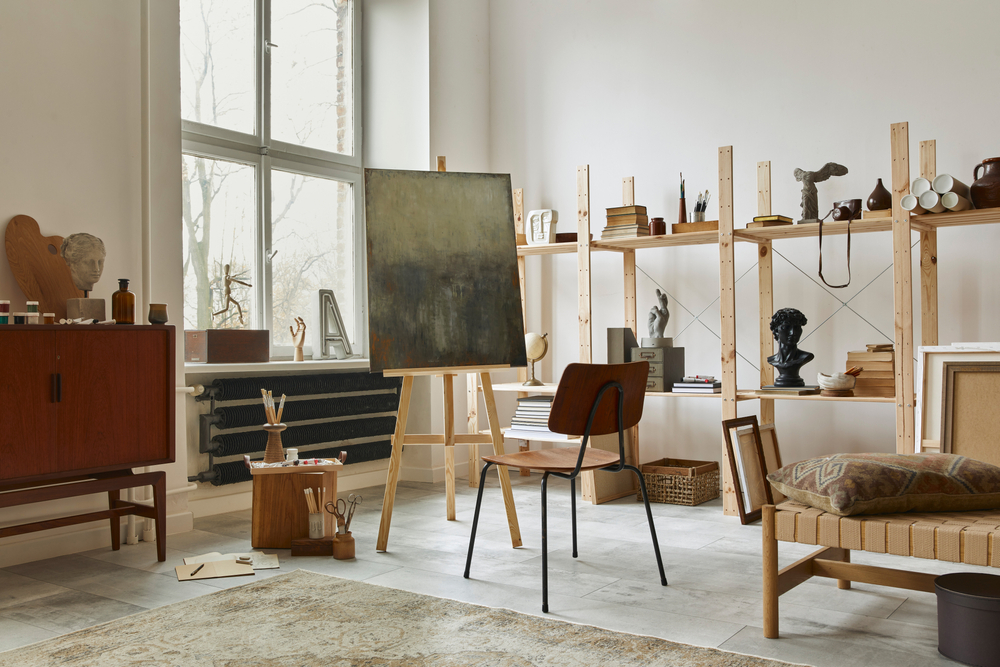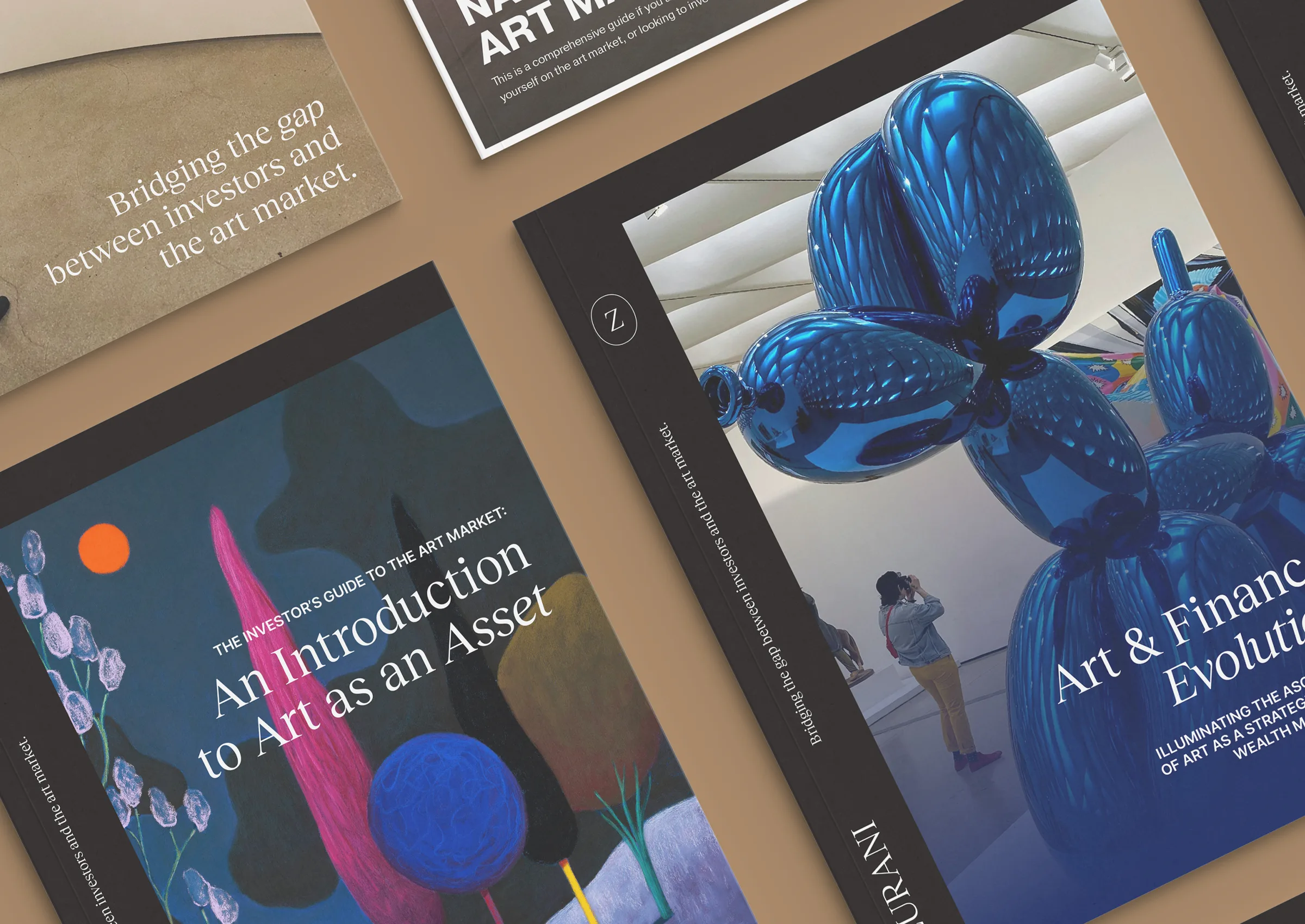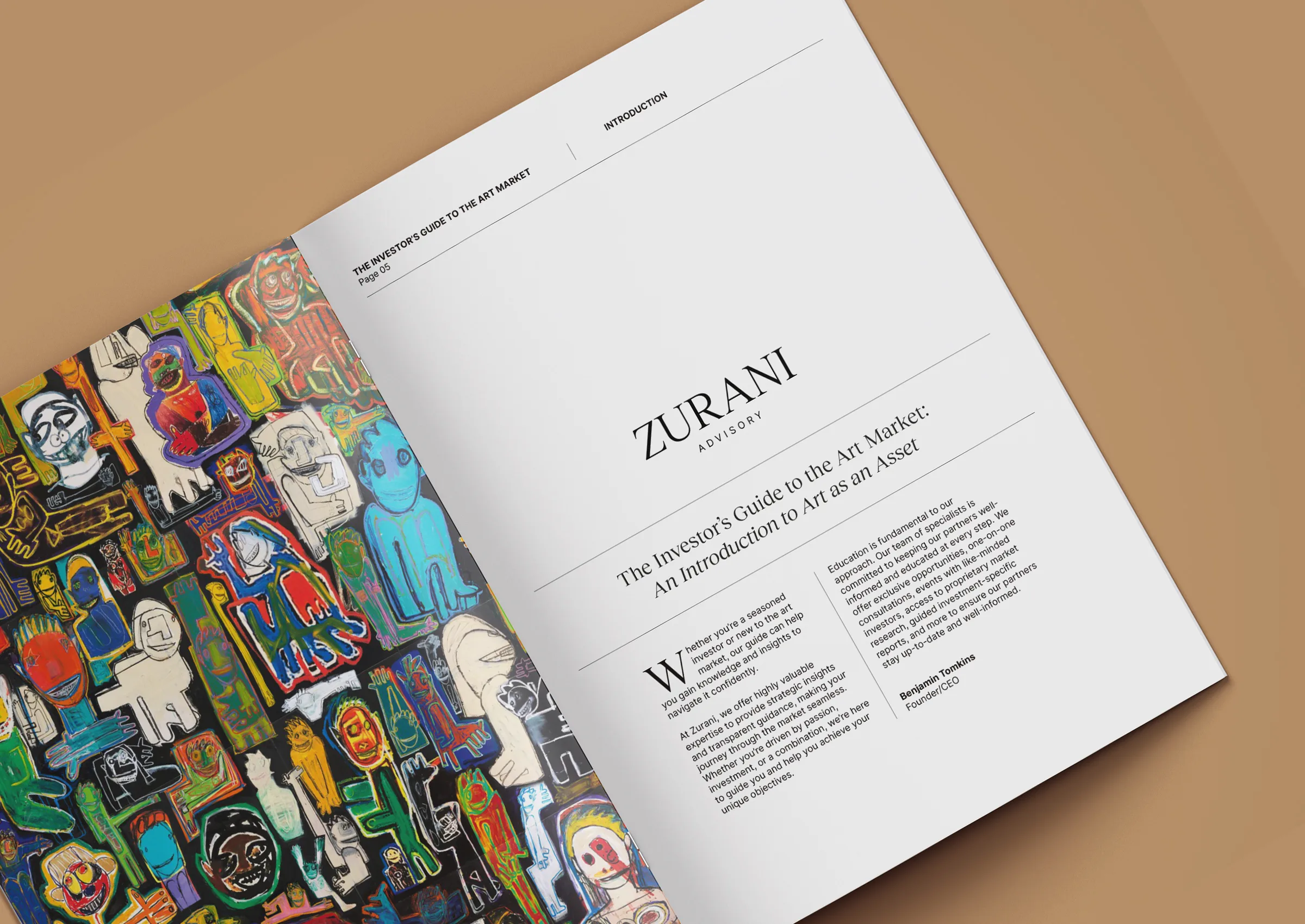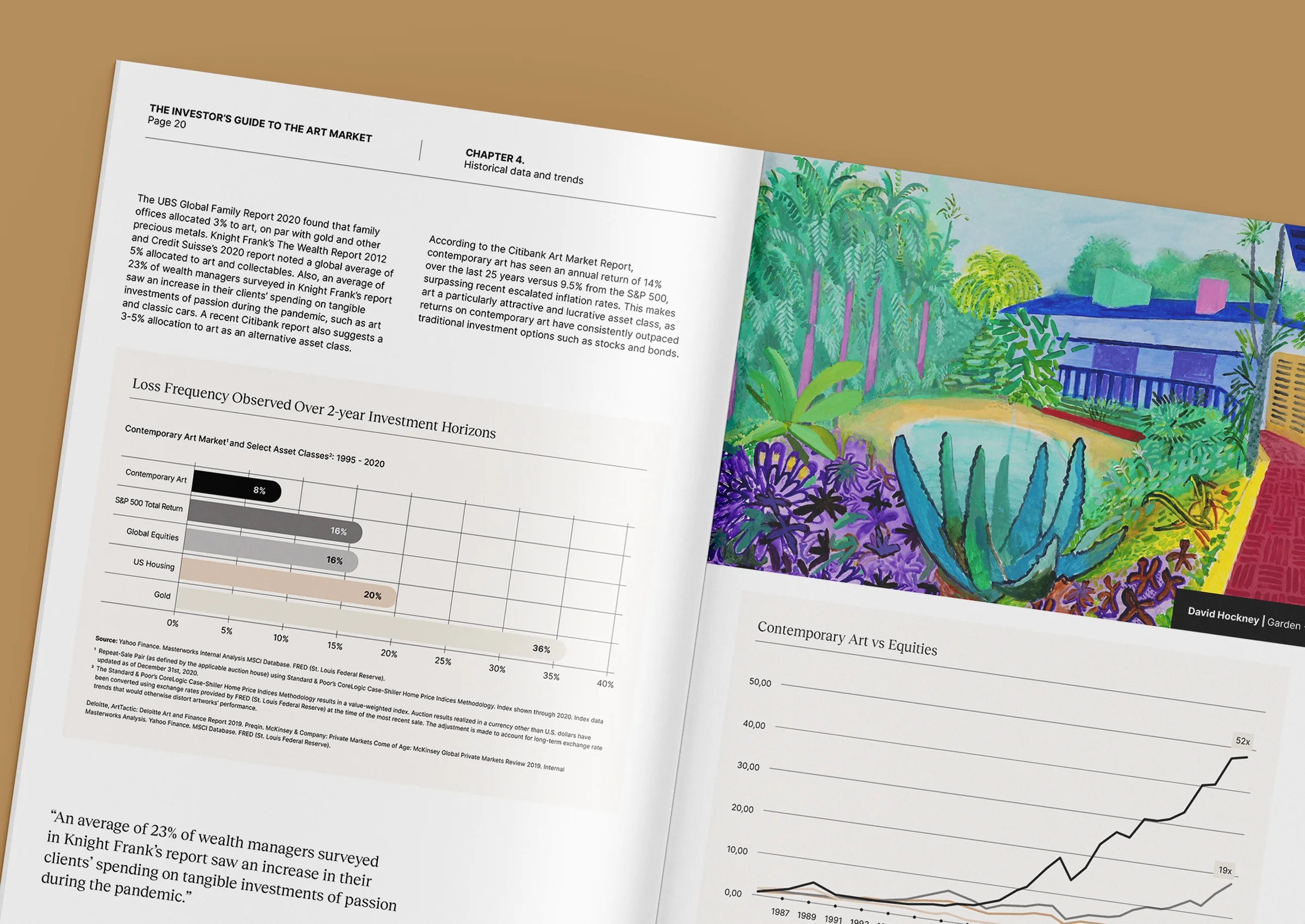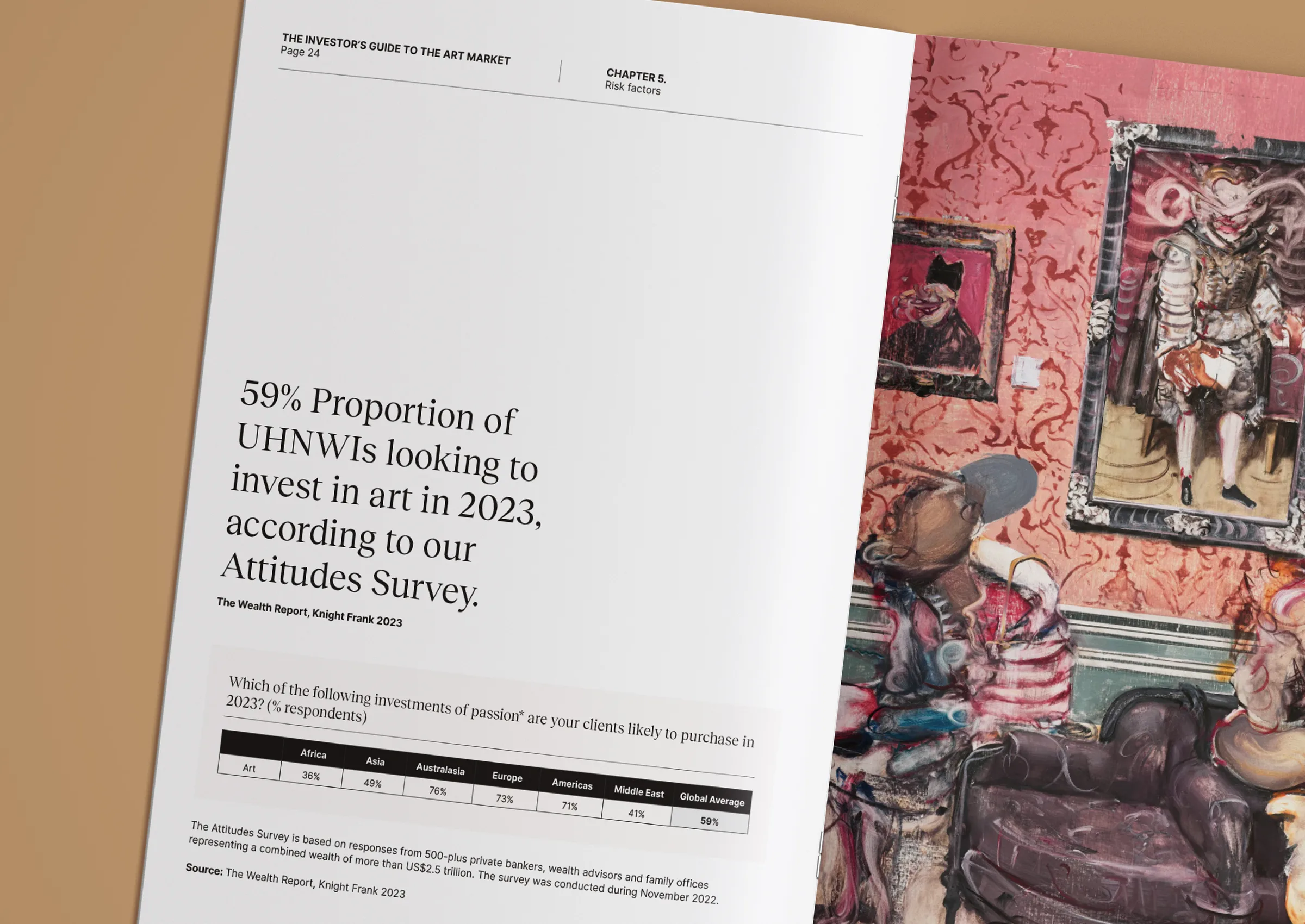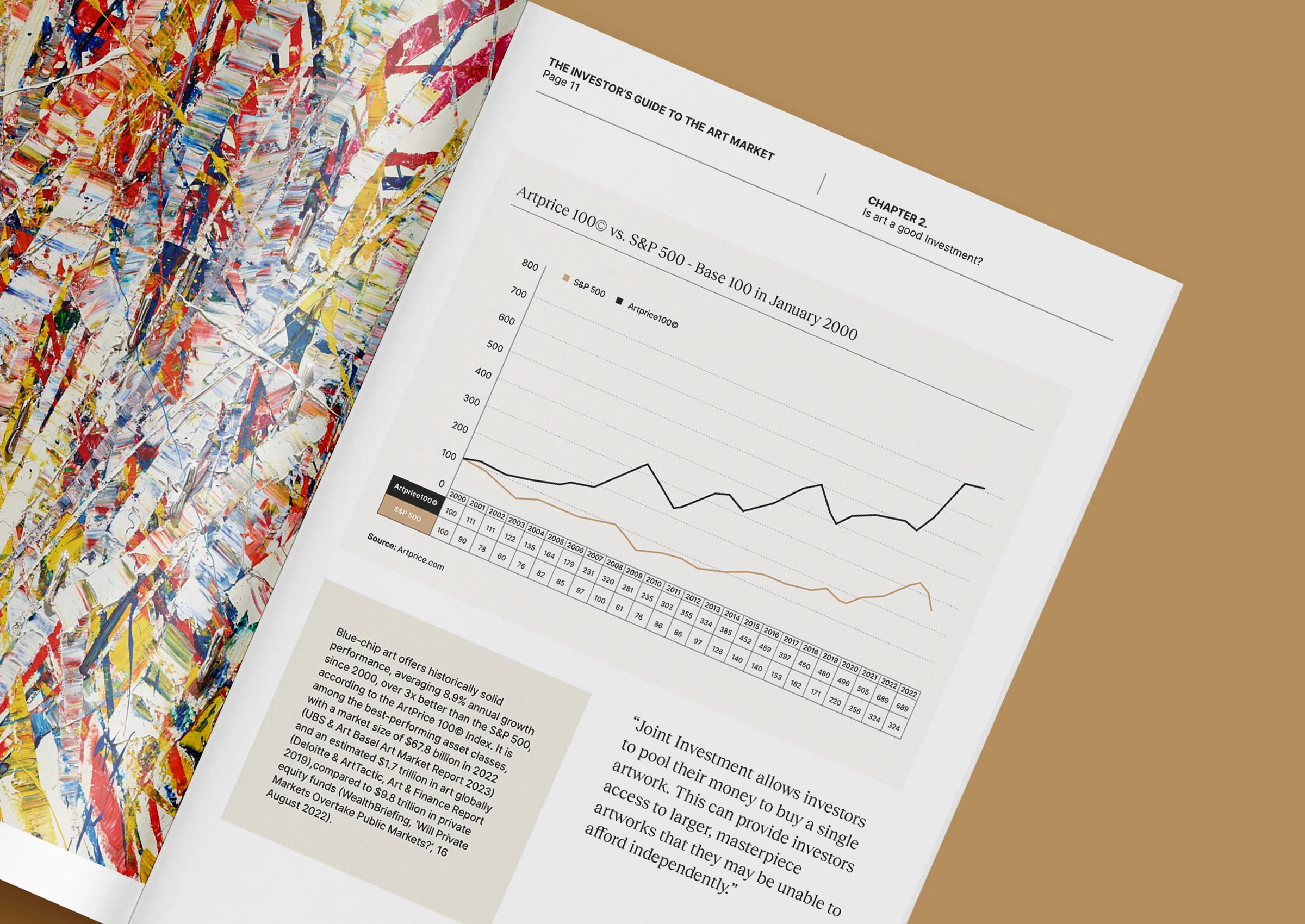What to ask before buying an artwork
The decision to acquire a work of art often begins with instinct, a connection, a curiosity, a moment of stillness. But behind that emotional pull lies a more structured set of questions. Questions that, when asked thoughtfully, turn a spontaneous purchase into a meaningful acquisition.
Whether you’re building a legacy collection or acquiring for a specific space, asking the right things, at the right time, can help you avoid missteps, clarify your goals, and ensure that every work adds depth, coherence, and long-term value to your collection.
At Zurani, we often guide clients through this exact process. Not to dampen passion, but to support it with clarity. Here’s what we encourage every collector to ask before saying yes to a new work.
Why do I want this work?
This is the question that grounds everything else.
Are you drawn to the work for its subject? Its maker? Its emotional impact? Does it fill a gap in your collection, or does it mark a new chapter entirely?
There’s no wrong answer, but knowing why you want a piece helps determine whether it’s a personal milestone, a strategic acquisition, or both. For collectors building intergenerational or curated portfolios, intention matters as much as aesthetics.
This question also helps distinguish short-term attraction from long-term fit. Some works spark excitement but fade quickly. Others grow with you. Collecting is, in many ways, an act of trust in your own eye, and the questions you ask shape that trust.
Where does it come from?
Provenance is not simply a technicality. It’s a core part of what gives an artwork its legitimacy, story, and financial security.
Before acquiring any work, especially one with significant value, ask:
- Has this work been published, exhibited, or listed in a catalogue raisonné?
- Who has owned it, and how was it acquired?
- Is there a clear trail of documentation, including export licenses or certificates of authenticity?
- Are there any ongoing disputes or missing periods in its history?
At Zurani, we support clients with due diligence processes that go beyond standard checks, including artist estate inquiries, market intelligence, and advisory opinion. Because provenance is not just about ownership, it’s about confidence.
How does it fit into my collection?
A thoughtful collection has cohesion. That doesn’t mean everything must look the same, or come from the same movement. But each acquisition should carry a thread, whether thematic, conceptual, regional, or emotional.
Before acquiring a new work, consider:
- Does this piece reflect or challenge what I already own?
- Is it the start of a new chapter, or the continuation of a narrative?
- Does it align with my long-term vision for the collection, personal, institutional, or family-led?
Even if you’re beginning, this question is valid. It encourages clarity and prevents a scattered or transactional approach. Art collecting isn’t just accumulation; it’s authorship.
Who’s behind the sale?
Understanding the source of a work can be as important as the work itself.
Is it being offered through a gallery that represents the artist directly? Through a trusted secondary dealer? Via auction? Each route comes with different implications for pricing, negotiation, and market context.
You’ll also want to understand the gallery or dealer’s reputation, their relationship with the artist, how they place works, and how they support collectors after acquisition.
At Zurani, we often mediate this part of the process, ensuring transparency and alignment, especially when working across geographies or secondary market sales.
What are the practical considerations?
Beyond provenance and intent, there are logistical questions that affect whether a work truly fits your life, or simply your walls.
- Condition: Has the work been conserved, restored, or altered? Is it stable for display or transit?
- Framing and installation: Does it require special environmental conditions? Will it integrate into the intended space?
- Insurance and storage: Are you prepared to insure and care for the piece long-term?
- Resale strategy: If your goals include investment, have you considered market behaviour, liquidity, and holding periods?
While these questions may seem secondary to the excitement of discovery, they often determine how enjoyable or stressful the ownership experience becomes.
Art with intention, not impulse
Asking questions doesn’t remove the emotion from collecting. It deepens it. It allows you to move from reaction to reflection, to make acquisitions that speak to who you are and where you’re going.
At Zurani, we believe collecting should always feel personal. But we also know that the most rewarding collections are those built with care, curiosity, and conviction.
Whether you’re acquiring a first piece or expanding a generational legacy, asking these questions is not about hesitation. It’s about honouring the work and your role in its story.
To acquire with clarity and cultural confidence, speak to our team at +971 58 593 5523, email us at contact@zurani.com, or visit our website at www.zurani.com.
